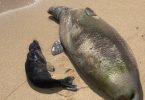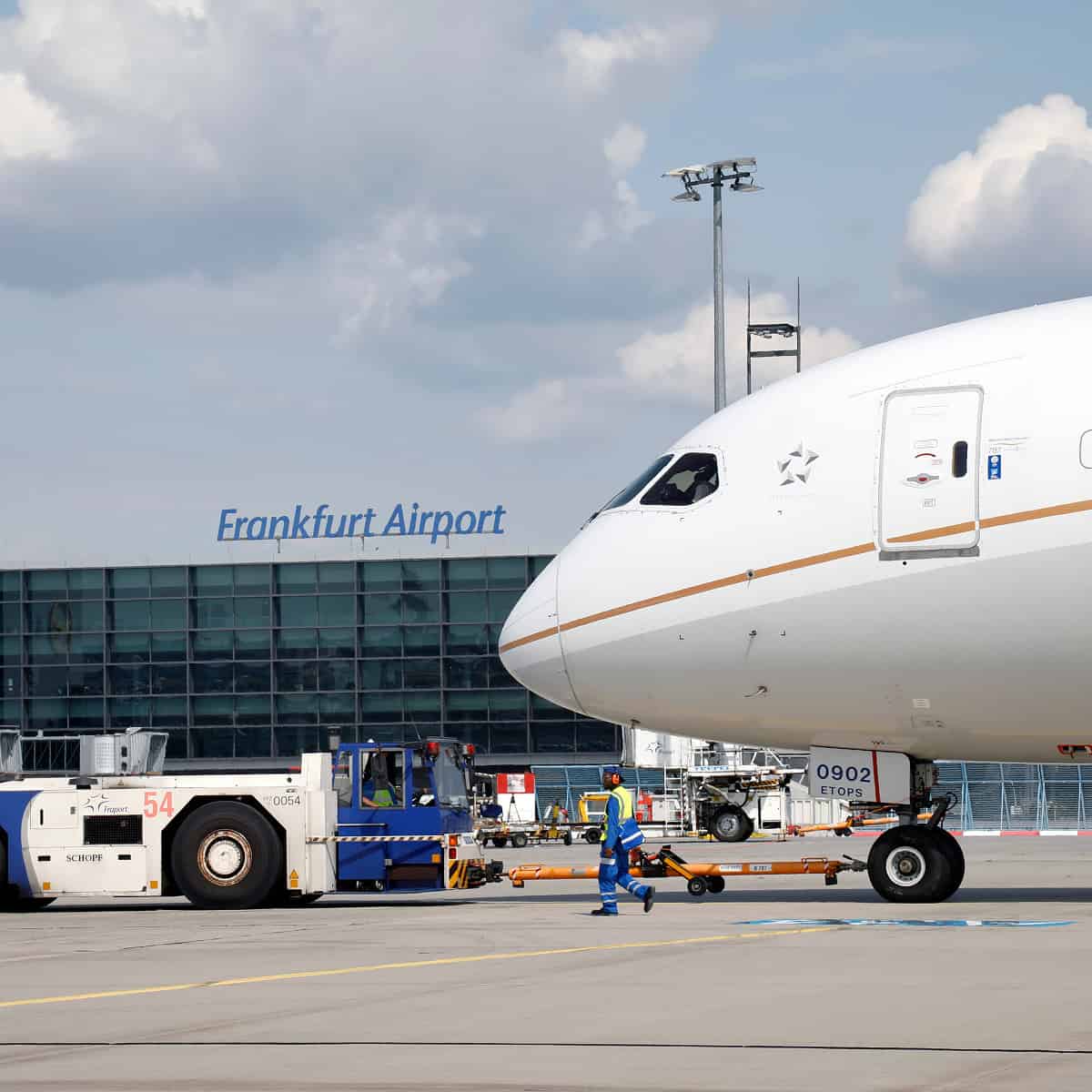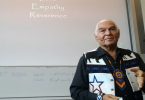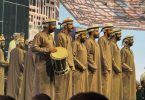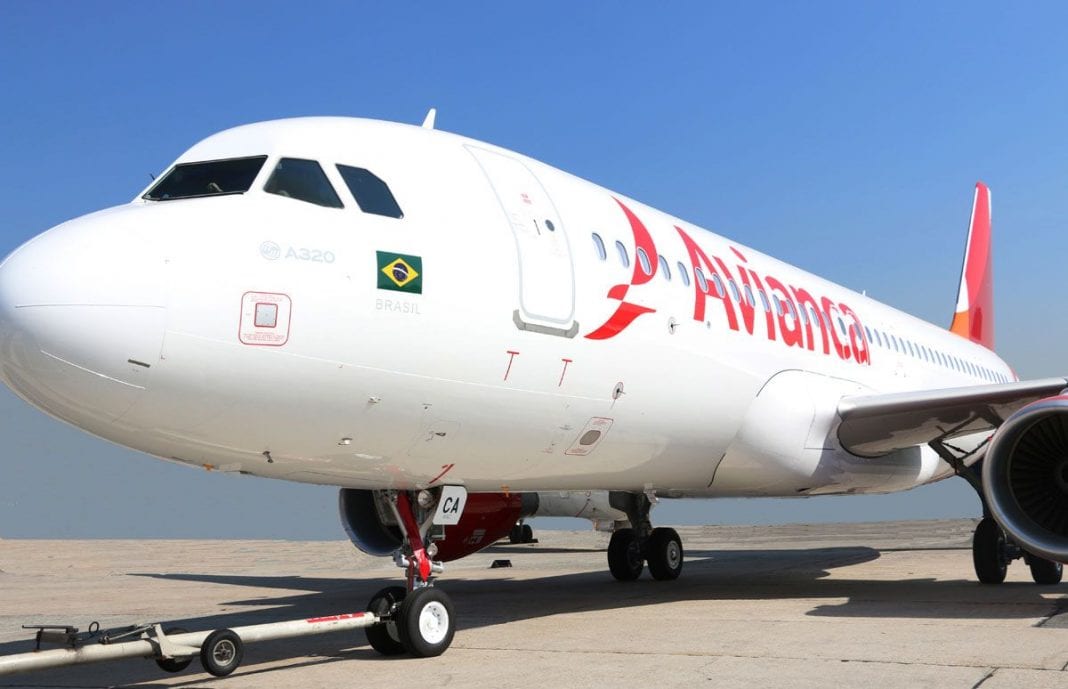Cuba is planning spectacular celebrations in January to mark the 50th anniversary of the revolution that brought Fidel Castro and his Communist government to power. Whilst there is almost universal affection for the ailing Fidel Castro and a reluctance to appear disloyal to what he has achieved, Cubans are impatient for change. During a recent visit, some young Cubans were so frustrated and impatient that they felt the only option was to leave the country. One student even said he was prepared to go to Haiti. Views on Fidel’s brother, Raul, who is now President, are mixed as many doubt whether he is willing or able to deliver reforms which are so badly needed.
Tourism, the biggest revenue earner for Cuba, is likely to remain the driving force for change and economic development and currently offers the best career prospects for ambitious young Cubans because of the access it gives to higher incomes and hard currency. For tourists, the benefits are also strong. According to Journey Latin America, one of the UK’s leading tour operators in the region, the global credit crunch is not expected to have too much of an adverse impact on its operations in Cuba.
As Rafe Stone, Product Manager for JLA explained: “Cuba has its own economy which is generally detached from the dollar, sterling, or the Euro. Consequently, even in the current financial climate, we were able to keep our prices for 2009 similar to those in 2008; this, amongst other factors (such as the release of ‘Che’ the film) has meant the demand for Cuban holidays has kept high for next year and as a destination it looks set to remain in the public eye.”
Rafe Stone added: “We are starting to see levels and the standard of hotels improve in some areas and we hope this continues in 2009. It would seem that despite having a particularly bad hurricane season last year the independent, tailor-made and groups markets would appear to be holding up extremely well against the one-stop charter market.”
Cuba is still struggling to recover from the devastation caused by two of the worst hurricanes to have struck the island in recent years. Despite a drastic shortage of fresh fruit and vegetables the big tourist hotels have managed to keep their kitchens well stocked.
The capital, Havana, has plenty to offer tourists: historic buildings from the Spanish colonial era, any number of memorials to Cuba’s revolutionary heroes, museums, hotels and bars including the famous Floridita frequented by Ernest Hemingway where tourists queue up to sample his favorite cocktails such as the daiquiri and mojito. Hemingway fans can also visit his room in the Ambos Mundos hotel which has been preserved as a museum displaying his bed, typewriter and other memorabilia.
A more ubiquitous museum display is the large number of Cadillacs, Chevrolets and other classic American models, which, as a result of mechanical wizardry, are still a familiar sight in Havana. Those wishing to recreate the glamour of the bad old days, when mafia dons dominated the Cuban capital, can hire one of these classics to cruise along the Malecon, Havana’s famous waterfront. They can visit some of the reconstructed hotels and casinos dating back to the decadent years before the revolution when Havana was a playground for rich and famous Americans
Of course, Cuba wouldn’t be Cuba, without salsa music and dancing. At any time of the day or evening you can hear groups of musicians and singers giving their rendering of old favorites like “Guantanamera.” Apart from Havana, one can enjoy non-stop salsa in other popular tourist cities like Trinidad, Santiago de Cuba and small towns.
For those seeking quieter pursuits there are tours of tobacco and sugar plantations in the picturesque Vinales Valley dotted with dramatic limestone outcrops. A highlight is a boat trip on a river running through a cave at Pinar del Rio, where the guide’s torch throws stalagmites and stalagtites into fantastic relief.
Nearby is the eco-resort of Las Terrazas, with its lakes and forests, which was set up in 1967, long before green tourism became fashionable. It’s also known to Cubans as the home of the later singer Polo Montanez. It still retains the feel of a community village.
There’s a choice of seaside resorts for those hankering for a restful holiday. The sea is enticingly blue with smooth, white sandy beaches but tourists are advised to come well-armed with insect repellents if they want to avoid returning home sporting angry, red mosquito-bites.
Compared to other parts of the world, the range and standard of food in Cuba, is more limited. Rice, beans, chicken, pork and shrimps are standard fare with lobsters a welcome addition when available. The best food can be found in authorized private establishments, paladars, which give tourists a chance to meet local people. The most famous paladar in Cuba is La Guarida, which apart from its exquisite cuisine is equally well known as the setting for an award-winning Cuban film, Fresa y Chocolate.
According to Miguel Padron a senior government planner, Cuba has the potential to increase tourism to six million from the current two million tourists who visit each year. He said: “The government’s strategy is to make visitors aware that Cuba has more to offer apart from its beaches. It wants to promote Cuba as an island of music and art. There are also plans to develop rural areas for tourism.”
Mr. Padron believes that while Cuba is on the threshold of change this will be managed step by step. He regards Fidel Castro as the visionary and has faith in Raul. He maintains that although Raul may not be a strong communicator he gets things done. He acknowledges that the US embargo has made life hard for Cuba and welcomes support from China and Russia. He says Cubans are wary of slipping back to pre-revolutionary conditions in the 1950s when people were greedy, ruthless and there were glaring inequalities between the rich and the poor.
Hopes are now centered on the new US President-elect, Barack Obama. In an interview published in December, Raul Castro told the actor Sean Penn that he would be willing to meet Mr. Obama, after he assumes power. During his campaign, Mr. Obama pledged to lift new restrictions imposed by George Bush on exchanges with Cuba. He also promised to allow Cuban-Americans to visit the island as often as they like and to send as much money as they wished to their families there. At the same time Mr. Obama, has said he would not support ending broader economic sanctions on Cuba until it releases all of its political prisoners and improves political freedoms. As Cubans enter the New Year they sense that change is inevitable but for tourists who wish to experience the charm of Cuba as it is today, this is the best time to go before the political, economic and cultural landscape changes forever.



